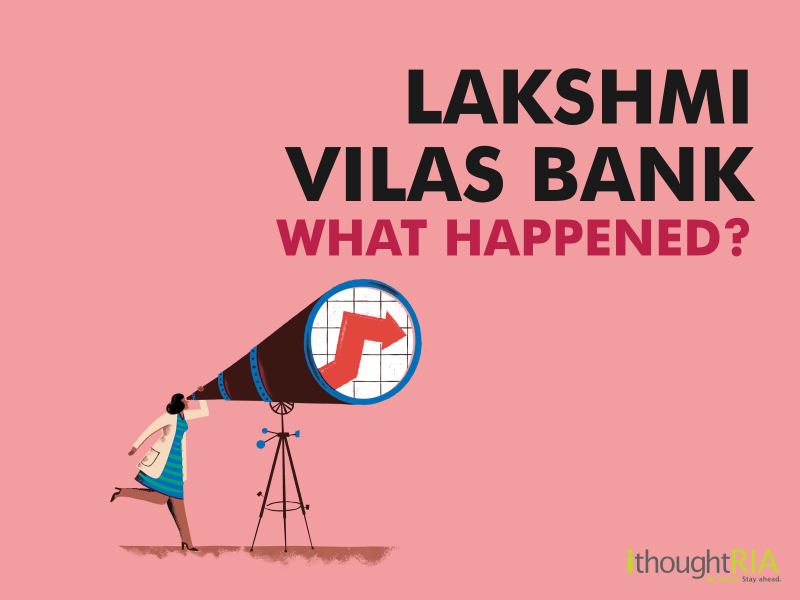
Lakshmi Vilas Bank was founded in 1926. After 94 years of operation, it was placed under a moratorium in 2020 and was subsequently merged with the Indian subsidiary of DBS Bank. In this blog, we explore this journey.
Origin
Lakshmi Vilas Bank was incorporated in 1926 by a group of seven businessmen in the city of Karur, Tamil Nadu. The bank was formed to cater to the financial needs of the people of Karur and citizens engaged in trade, business, and agriculture. The bank was received a banking license from the Reserve Bank of India and became a scheduled commercial bank in 1958. Starting 1974, the bank started expanding across India. Branches were established in Karnataka, Andhra Pradesh, Maharashtra, and other major cities. The bank received the status of Authorised Dealer in foreign exchange in 1976. Core banking services were started in 2006 and all the bank’s branches were compatible by 2008.
Timeline
-
-
- 1926 – Incorporation
- 1958 – Obtained Banking License
- 1961 to 1965 – Expanded and took over other banks
- 1976 – Obtained Authorised Dealer status
- 1977 – Mechanisation was introduced
- 1993 – Data processing and computerization was introduced
- 2006 to 2008 – Introduction and implementation of core banking solutions
- 2019 – Proposed merger with Indiabulls Housing Finance (disapproved by RBI)
- 2020 – Moratorium and merger with DBS bank
-
Moratorium
In November 2020, the RBI released a statement stating that due to the steady state of decline in the financial position of the bank and the absence of any viable strategic plan, the bank would be placed under a moratorium. The bank had declining advances, mounting NPAs (Non-Performing Assets) and net losses for the past three years. The bank was also experiencing continuous withdrawals and low levels of liquidity.
| Metrics | Mar-18 | Mar-19 | Mar-20 |
| Deposits | 33,30,94,829.00 | 29,27,94,408.00 | 21,44,31,941.00 |
| Borrowings | 4,01,27,803.00 | 92,12,590.00 | 75,57,000.00 |
| Investments | 10,76,77,483.00 | 8,43,01,563.00 | 5,38,38,295.00 |
| Advances | 25,76,82,017.00 | 20,10,32,593.00 | 13,82,78,904.00 |
| Net Profit | -52,26,018.00 | -1,56,52,218.00 | -2,40,13,328.00 |
The bank was placed under the Prompt Corrective Action (PCA) framework in September 2019. The Reserve Bank was in touch with the bank’s management in their attempts to draft a viable resolution and comply with capital adequacy norms. As there were no concrete solutions submitted, the Reserve Bank, to protect depositor’s interests imposed a moratorium where depositors would not be able to withdraw more than Rs. 25,000 in a day.
What Happened to the Investors?
Like what happened with Yes Bank, equity capital was fully written off. There were no AT-1 instruments. Out of the 368 Crores worth of AT-2 instruments, papers worth 318 Crores were written off. You can learn more about how Additional Tier bonds were mis-sold to investors here (Link to Yes Bank Blog https://ithought.co.in/yes-bank-the-bank-that-never-said-no/).
The collapse of IL&FS and the subsequent NBFC crisis exposed the systemic issues in the Indian financial system. Stay tuned as we further explore these in the coming months!